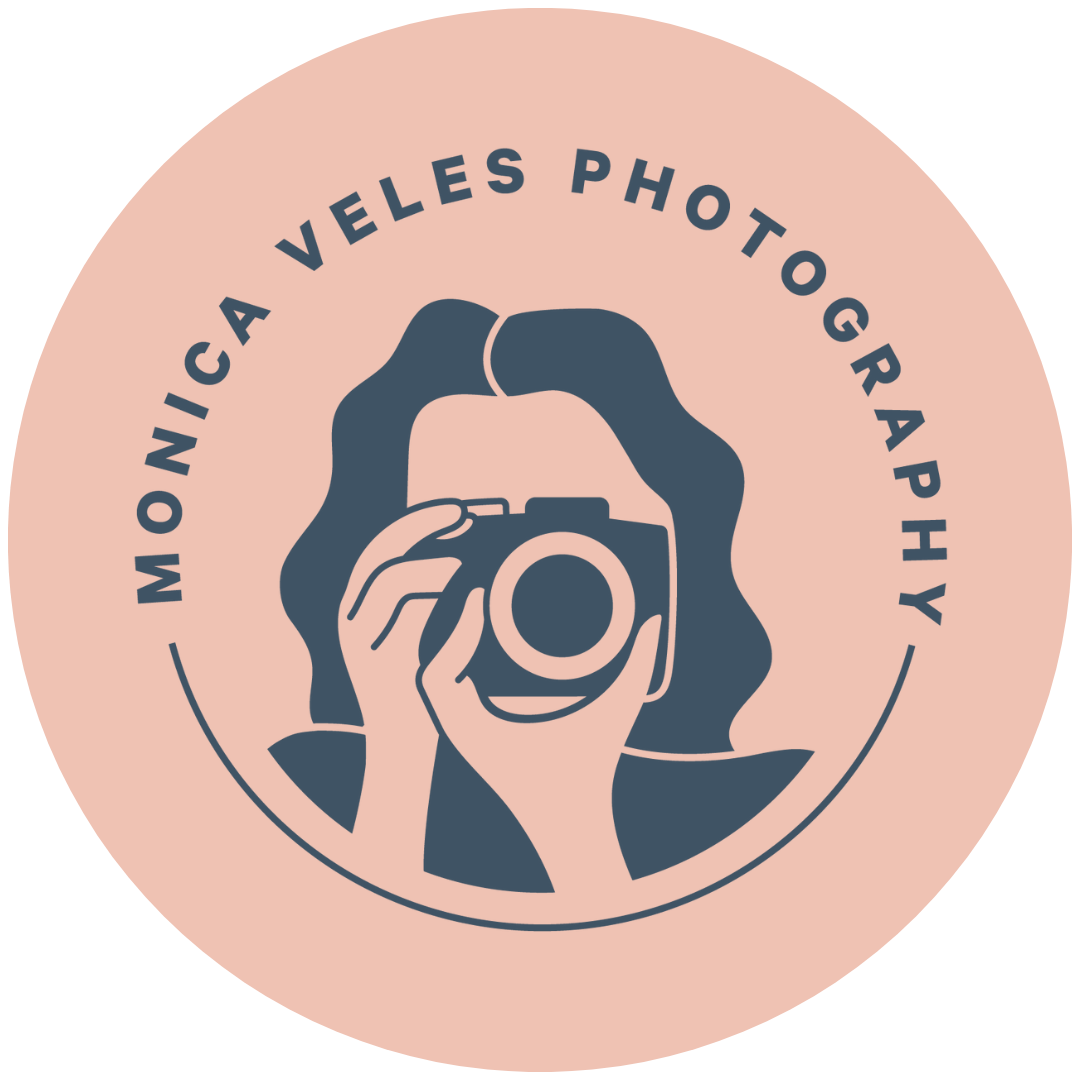Monica in Madrid | Life as an Au Pair
An overview of my au pair experience in Madrid, Spain
Hey friends! It’s been quite a while since I’ve given an update on my au pair experience, and it’s hard to know where to start…so let’s start from the beginning! Today, I’m giving you all the details.
(ICYMI: I was an au pair in Madrid, Spain from February-April this year. If you want to know the backstory that led me there, you can learn more HERE. The TL;DR version of my role as an au pair in Spain was to help with childcare for 3 children, speak to them in English, have time to explore the surrounding area, and learn about the Spanish culture. Being an au pair is intended to be a cultural exchange which is primarily what makes it different from being a nanny. The dynamic is less of an employee/boss relationship, and more so feeling like a part of the family.)
ARRIVING IN MADRID
Now, let’s dive in…on February 1st, I left Seattle and took a 10-hour flight to Amsterdam, Netherlands. From there, I had a 4-hour layover and then a 2.5-hour flight to Madrid, Spain. Madrid is 9 hours ahead of Seattle, so by the time I landed it was February 2nd. Needless to say, I was exhausted by the time I arrived.
My host mom Beatriz (Bea for short; pronounced BAY-uh) picked me up from the Adolfo Suárez Madrid–Barajas Airport and we headed to her and her husband Jorge’s apartment — AKA my home for the next 3 months. Madrid is a large city and in general, I’m not really a big city person. However, when looking into areas to be an au pair, I knew I wanted to have lots of things to do close by, so a main city was more appealing to me than a small town. The apartment was in the Chamartín neighborhood, about a 20-minute bus ride away from the city center. (When I say neighborhood, think less strictly residential and more like how Seattle has neighborhoods like Queen Anne, Magnolia, University District, Capitol Hill, etc.). The neighborhood I lived in was surrounded by cafes, bakeries, small clothing stores, and there were several parks close by.
MY HOST FAMILY
As an au pair, the family you’re with really makes or breaks the experience. A quick search of “au pair experience” will render a variety of horror stories on Reddit, YouTube, etc. In a sea of less than ideal au pair situations, I’m so glad to have found such a wonderful family. My host parents were incredibly kind and genuine people, and I adored their kids. From day one, they made feel right at home.
Bea and Jorge have three kids: an 8-year-old son, a 6-year-old daughter, and a 3-year-old son. They were used to having au pairs, but nonetheless, I’d be another stranger in their home, so I understood they’d likely be reluctant to warm up to me. However, they warmed up very quickly…bringing presents may have helped. ;) To know me well, is to know that gifts are my love language. So it was only fitting that I arrived with presents for the family. To get gift ideas before arriving, I talked to Bea and one of the family’s past au pairs about what types of things the kids were interested in. I also loved the idea of bringing some things that were specific to the Pacific Northwest and the US overall. I arrived with Stumptown Coffee, Seattle Chocolate, games, children’s books about Seattle and a puzzle of the USA.
The kids understood and spoke English relatively well when I arrived, especially considering how young they were. At times, they had difficulty trying to say certain things to me in English, but overall, we were able to easily talk to each other. All three of them were in school and their school had English as a part of their standard curriculum, but from what I’d been told it’s not very intensive, so having an au pair is more ideal. Throughout my 3 months with them, I saw improvements in their English, which was really rewarding! They were so adorable and funny, and they truly have a special place in my heart.
WORK HOURS & TASKS
Tasks as an au pair vary depending on the family’s needs. Some families need their au pair to cook meals, grocery shop and do light housework, but since my host family had a full-time housekeeper, my main tasks were to help with after-school pick-up and interact with the kids in English. Their housekeeper was so sweet and we worked in tandem, dividing the after-school pickup tasks.
My work hours slightly varied, depending on the day, but in general, I worked Monday-Friday evenings and had weekends off. On average, I worked from about 5:00 PM - 9:30 or 10:00 PM. I’d pick up the kids from school/after-school sports, we’d play for a bit, and then I’d help the two younger ones with bath time. We’d play games, soccer, make crafts, draw, etc. They’d have dinner around 7:30 and afterward it was time for them to get ready for bed. On Fridays, their parents would go out for a date night, so my work hours were from about 7:30 PM to 12:30 AM. Typically, the kids and I would eat dinner together, watch a movie and then I’d put them to bed.
When I wasn’t working, I was free to do whatever, so I spent a lot of time exploring Madrid. My family was also very flexible with my time off so I occasionally took an extra day off here and there to travel around. I visited various cities throughout Spain, including Oviedo, Valencia, Barcelona, Sevilla, Toledo, and I spent a long weekend in France.
WEATHER
In terms of weather, Madrid wasn’t terribly different from Seattle during the winter. In my experience, I’d say it’s sunnier than Seattle and at least during my stay, the temperature was about 10 degrees warmer than back home. However, the summers there are another story… temperatures reach over 100 degrees Fahrenheit and many places don’t have air conditioning. (If there’s one piece of advice I can give you, it’s to not visit Madrid in the summer.)
LANGUAGE
A big part of why I wanted to live in Spain was to improve my Spanish. I don’t speak Spanish fluently yet, but that is the goal. I learned Spanish in school, so I arrived with a good base. However, Spanish classes in the US, largely focus on Spanish in Mexico. The accents and certain words are different, but it’s more or less the same. I’d liken this to practicing English somewhere like England versus the US. You might get hung up on an accent or certain phrases, but it’s ultimately the same language. During my stay, I enrolled in a 4-week Spanish class at Club de Español. I didn’t want to feel like a full-time student, but I also wanted to get back into studying. I had class from 9:00-11:00 AM twice a week which felt like the perfect amount.
Being at home with the kids I always spoke English, but when I was out and about on my own, I’d try to practice Spanish as often as possible. I’d get as far as I could in Spanish and if I was totally stuck, I’d revert to English. In terms of practicing Spanish, being in a Spanish-speaking country is absolutely the best way to be exposed to the language. Every day was in Spanish and it forced me to speak the language. It was simultaneously the perfect way to practice and also mentally exhausting at times.
(Note: If you plan to visit Madrid and don’t speak Spanish, I’d say you should be able to get around without a problem. Most locals speak at least some level of English, particularly in the city center.)
POCKET MONEY & VISA
Pay and working hours for au pairs vary depending on the area you’re in and the family you’re working with. Rather than hard, set rules and requirements, the pay (often called “pocket money”) and working hours for au pairs in Spain are suggested. I used AuPairWorld.com to find a host family and they suggest working hours of 30 hours max. and 70 euros per week as the suggested minimum pay in Spain.
In exchange for my work, I received free room and board (I had my own room and shared a bathroom with the kids), a public transportation card, and reimbursement for 50% of my traveler’s health insurance (I used AXA and it was $92 USD total for my 3-month stay). The family also let me add anything I needed to their grocery list. I paid for my flights to and from Spain, as well as any transportation that was beyond what my public transportation card covered.
Since I visited less than 90 days, I didn’t have to apply for a visa or fill out any paperwork. I visited through a “tourist visa” which permits tourists to visit countries within the Schengen Area for up to 90 days. Staying any time beyond that requires a visa application process. (Note: this will change starting in 2025, as most non-European Union citizens will be required to apply for a travel authorization prior to visiting certain EU countries.)
OVERALL THOUGHTS
I’d always dreamed of living in Spain, and I’m really glad I went as an au pair. It’s a great way to experience living in another country, and honestly, I now feel like I could comfortably go back there on my own. If you love working with kids and are looking for a culturally immersive experience abroad, being an au pair just might be the route for you!
Anything else you want to know? Drop a comment below!
Abrazos,
Monica

